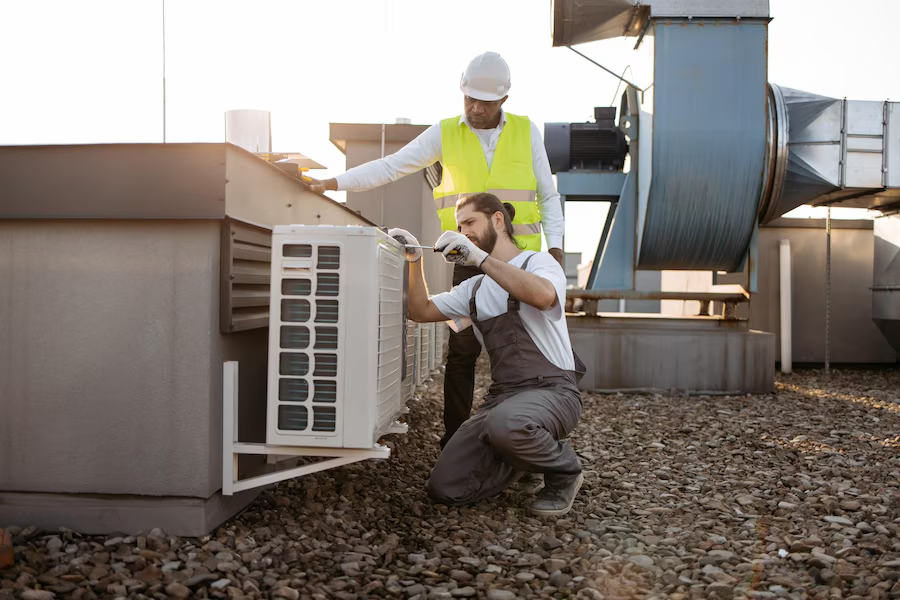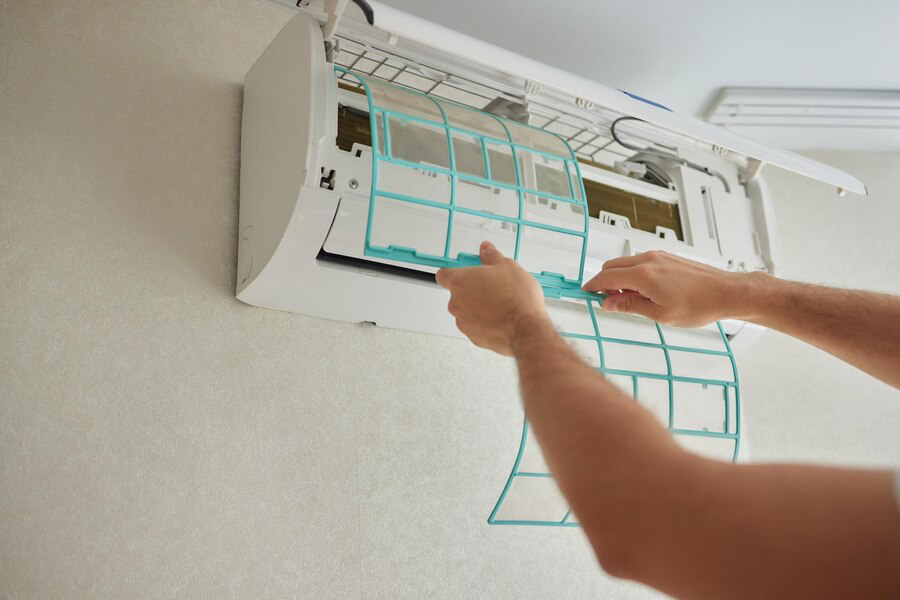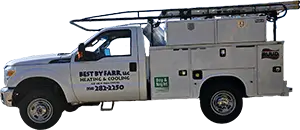In the realm of facility management, few situations induce panic like HVAC malfunctions. Whether it’s scorching summer temperatures or freezing winter chills, a malfunctioning HVAC system can disrupt operations, compromise comfort, and even pose safety risks. In such moments, the need for swift, effective solutions is paramount. Enter emergency HVAC repair strategies – the lifeline for businesses and institutions facing sudden heating, ventilation, and air conditioning crises. From meticulous maintenance protocols to proactive troubleshooting measures, navigating through emergency HVAC situations demands a strategic approach. In this blog, we delve into the world of emergency HVAC repair, uncovering actionable strategies to ensure prompt resolutions when HVAC systems falter. Whether you’re a facilities manager, business owner, or homeowner, mastering these strategies can mitigate downtime, preserve indoor comfort, and safeguard your environment against the unpredictable nature of HVAC emergencies.
Preventive Maintenance Protocols
Proactive measures are the cornerstone of effective emergency HVAC management. Establishing comprehensive preventive maintenance protocols involves regular inspections, cleaning, and servicing of HVAC systems to identify potential issues before they escalate into emergencies. By adhering to a structured maintenance schedule, facility managers can address wear and tear, optimize system performance, and prolong the lifespan of HVAC equipment. Moreover, preventive maintenance helps mitigate the risk of sudden breakdowns, ensuring uninterrupted comfort and operational efficiency. From checking filters and ductwork to calibrating thermostats and inspecting electrical connections, each step in the maintenance protocol contributes to minimizing the likelihood of emergency HVAC failures.

24/7 Monitoring Systems
In today’s fast-paced world, real-time monitoring is indispensable for proactive HVAC management. Implementing advanced monitoring technologies enables continuous surveillance of HVAC systems, allowing for early detection of abnormalities or potential issues. With sensors, analytics software, and IoT (Internet of Things) devices, facilities can track key performance indicators such as temperature, humidity, pressure, and airflow. By analyzing data in real-time, anomalies can be swiftly identified, and corrective actions initiated before they escalate into full-blown emergencies. Additionally, automated alerts and notifications ensure that maintenance teams are promptly notified, facilitating timely interventions and minimizing downtime.
Rapid Response Teams
When HVAC emergencies strike, time is of the essence. Establishing dedicated rapid response teams or partnerships with HVAC specialists is crucial for immediate on-call support. These teams consist of trained professionals equipped to handle emergency situations swiftly and effectively. Whether it’s a sudden compressor failure, refrigerant leak, or electrical malfunction, having experts on standby ensures that issues are addressed without delay. By fostering collaborations with reliable service providers, facilities can access specialized expertise and resources required for complex repairs, ultimately minimizing disruptions and restoring normal operations expediently.
Strategic Spare Parts Inventory
Maintaining a strategic spare parts inventory is crucial for minimizing downtime and ensuring swift resolutions during HVAC emergencies. By stocking essential components tailored to specific HVAC systems, facilities can expedite repairs and restore normal operations promptly. Here’s why strategic spare parts inventory is vital:
- Minimize Downtime: Having critical components readily available reduces the time needed to procure parts, minimizing system downtime.
- Optimize Efficiency: With spare parts on hand, technicians can swiftly address issues, optimizing HVAC system efficiency and performance.
- Ensure Reliability: Regular assessments of equipment reliability help ensure that the inventory includes the most frequently needed components, enhancing system reliability.
- Facilitate Cost Savings: By reducing downtime and optimizing system performance, strategic spare parts inventory helps minimize repair costs and operational disruptions.
- Enhance Preparedness: A well-managed inventory ensures preparedness for unforeseen emergencies, empowering facilities to respond promptly and effectively.
Maintaining a strategic spare parts inventory is a proactive measure that enhances operational resilience, minimizes downtime, and optimizes the efficiency and reliability of HVAC systems. By investing in the right components and regularly assessing inventory needs, facilities can ensure they are well-prepared to address emergencies and maintain uninterrupted comfort for occupants.
Remote Diagnostic Tools
Remote diagnostic tools revolutionize HVAC maintenance, allowing technicians to troubleshoot issues remotely using IoT devices and advanced software. These tools accelerate troubleshooting, minimize downtime, and optimize resource utilization. With proactive monitoring and automated alerts, potential issues are swiftly addressed, ensuring uninterrupted HVAC performance.
- Enhanced Efficiency: Real-time data analysis accelerates troubleshooting and reduces downtime.
- Proactive Monitoring: Early detection of abnormalities enables preventive maintenance measures.
- Optimized Resource Utilization: Remote diagnostics minimize the need for on-site visits, optimizing technician deployment.
- Swift Issue Resolution: Automated alerts facilitate prompt responses to potential issues, minimizing disruptions.
- Improved Operational Efficiency: Uninterrupted HVAC performance ensures optimal comfort and energy efficiency.
For streamlined HVAC maintenance and swift issue resolution, leverage the power of remote diagnostic tools. Enhance operational efficiency, minimize downtime, and ensure uninterrupted comfort with proactive monitoring and swift issue resolution.
Emergency Preparedness Plans
Emergency preparedness plans are crucial for any organization to effectively respond to emergencies, including HVAC failures. These plans outline clear procedures and protocols to follow when emergencies arise, ensuring swift and coordinated actions to minimize disruptions and safeguard occupants and assets. Here’s how emergency preparedness plans contribute to proactive management:

- Assessment of Severity: Plans include steps for assessing the severity of the situation, determining the extent of the emergency, and prioritizing response efforts.
- Activation of Response Teams: Clear protocols are established for activating emergency response teams, ensuring that trained personnel are ready to address the situation promptly.
- Communication with Stakeholders: Plans outline communication strategies to keep relevant stakeholders informed about the situation and any necessary actions they need to take.
- Contingency Measures: Contingency measures, such as alternative heating or cooling solutions and temporary equipment rentals, are included to maintain operational continuity.
- Regular Review and Update: Plans are regularly reviewed and updated to reflect changes in equipment, personnel, or procedures, ensuring ongoing readiness to address evolving emergencies.
Emergency preparedness plans are essential for proactive HVAC management, enabling organizations to respond effectively to emergencies and minimize disruptions to daily operations. Regular review and update of these plans ensures continuous readiness and enhances resilience in the face of unforeseen events.
Training and Education Initiatives
Empowering staff with the knowledge and skills to address HVAC issues is a proactive approach to emergency management. Investing in training programs equips personnel with basic HVAC troubleshooting skills, enabling them to identify common problems, perform initial assessments, and take appropriate actions to mitigate risks. From understanding HVAC system fundamentals to familiarizing themselves with troubleshooting techniques and safety protocols, ongoing education ensures that staff are prepared to respond effectively when emergencies occur. Moreover, cross-training employees across different departments enhances collaboration and resilience, fostering a culture of collective responsibility towards HVAC maintenance and emergency preparedness.
Conclusion
Proactive measures such as preventive maintenance protocols, 24/7 monitoring systems, rapid response teams, strategic spare parts inventory, remote diagnostic tools, emergency preparedness plans, and training initiatives are essential for effective emergency HVAC management. By implementing these strategies, facilities can minimize the likelihood of HVAC failures, reduce downtime, and ensure uninterrupted comfort and operational efficiency. Best By Farr LLC, located at 781 Air Park Way Suite #A4, Cottonwood, AZ 86326, offers comprehensive HVAC services, including preventive maintenance, emergency repairs, and staff training. Contact us at (928) 282-2250 to learn more about how we can help you optimize your HVAC systems and enhance your emergency preparedness.


